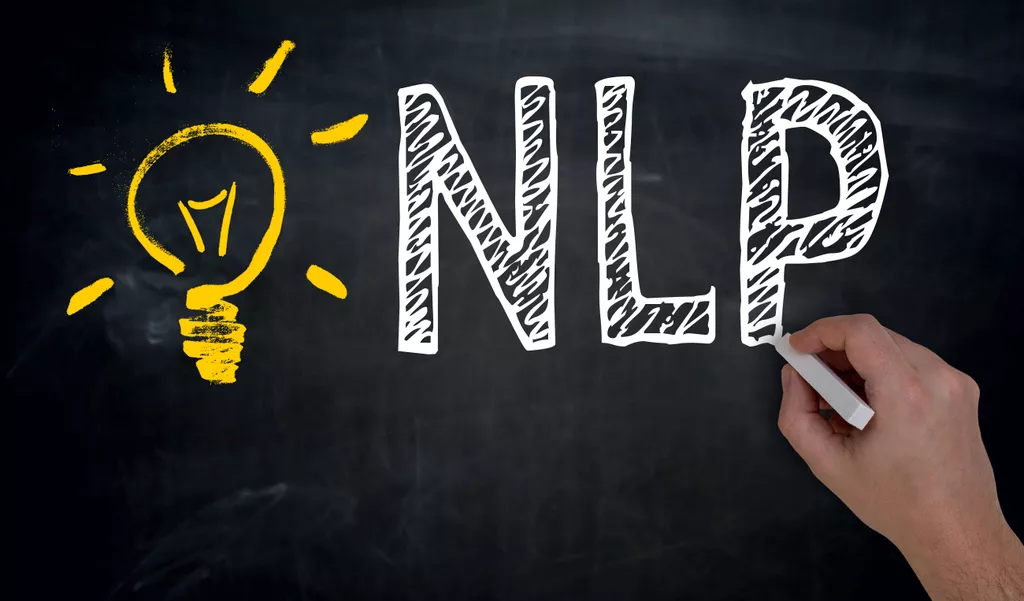
Type checking is an important part of semantic analysis where compiler makes sure that each operator has matching operands. The purpose of semantic analysis is to draw exact meaning, or you can say dictionary meaning from the text. An author might also use semantics to give an entire work a certain tone. For instance, a semantic analysis of Mark Twain’s Huckleberry Finn would reveal that the narrator, Huck, does not use the same semantic patterns that Twain would have used in everyday life.
With the use of sentiment analysis, for example, we may want to predict a customer’s opinion and attitude about a product based on a review they wrote. Sentiment analysis is widely applied to reviews, surveys, documents and much more. Another remarkable thing about human language is that it is all about symbols.
Lexical Semantics
The analysis can segregate tickets based on their content, such as map data-related issues, and deliver them to the respective teams to handle. The platform allows Uber to streamline and optimize the map data triggering the ticket. Automatically classifying tickets using semantic analysis tools alleviates agents from repetitive tasks and allows them to focus on tasks that provide more value while improving the whole customer experience. It’s an essential sub-task of Natural Language Processing (NLP) and the driving force behind machine learning tools like chatbots, search engines, and text analysis. Sentiment analysis is a really useful technology and new advanced text analysis tools like 3RDi Search and Commvault offer sentiment analysis as one of the essential features.
Digital Science boosts pharma industry support following OntoChem acquisition – Newswise
Digital Science boosts pharma industry support following OntoChem acquisition.
Posted: Wed, 07 Jun 2023 13:00:00 GMT [source]
For example, you might decide to create a strong knowledge base by identifying the most common customer inquiries. Connect and share knowledge within a single location that is structured and easy to search. Top word cloud generation tools can transform your insight visualizations with their creativity, and give them an edge.
Use semantic analysis tools to extract topics and entities
Dynamic real-time simulations are certainly analogue; they may include sound as well as graphics. Some fields have developed specialist notations for their subject matter. Generally these notations are textual, in the sense that they build up expressions from a finite alphabet, though there may be pictorial reasons why one symbol was chosen rather than another. The analogue model (12) doesn’t translate into English in any similar way. In hydraulic and aeronautical engineering one often meets scale models. These are analogue models where the dimensions of the final system are accurately scaled up or down (usually down) so that the model is a more convenient size than the final system.
The idea of entity extraction is to identify named entities in text, such as names of people, companies, places, etc. In Sentiment analysis, our aim is to detect the emotions as positive, negative, or neutral in a text to denote urgency. The meaning representation can be used to reason for verifying what is correct in the world as well as to extract the knowledge with the help of semantic representation.
Coarse-grained sentiment analysis: analyzing whole posts/reviews or sentences
The first step is determining and designing the data structure for your algorithms. Semantics is the art of explaining how native speakers understand sentences. Semantics can be used in sentences to represent a child’s understanding of a mother’s directive to “do your chores” to represent the child’s ability to perform those duties whenever they are convenient. It can be applied to the study of individual words, groups of words, and even whole texts.
What are the four types of semantics?
They distinguish four types of semantics for an application: data semantics (definitions of data structures, their relationships and restrictions), logic and process semantics (the business logic of the application), non-functional semantics (e.g….
When someone submits anything, a top-tier sentiment analysis API will be able to recognise the context of the language used and everything else involved in establishing true sentiment. For this, the language dataset on which the sentiment analysis model was trained must be exact and large. Latent semantic analysis (LSA) is a statistical model of word usage that permits comparisons of semantic similarity between pieces of textual information. This paper summarizes three experiments that illustrate how LSA may be used in text-based research. Two experiments describe methods for analyzing a subject’s essay for determining from what text a subject learned the information and for grading the quality of information cited in the essay.
Text Classification and Categorization
The sentence structure is thoroughly examined, and the subject, predicate, attribute, and direct and indirect objects of the English language are described and studied in the “grammatical rules” level. Taking “ontology” as an example, abstract, concrete, and related class definitions in many disciplines, etc., in the “concept class tree” process, are all based on hierarchical and organized extended tree language definitions. Simultaneously, a natural language processing system is developed for efficient interaction between humans and computers, and information exchange is achieved as an auxiliary aspect of the translation system. The system translation model is used once the information exchange can only be handled via natural language.

Businesses that use these tools to analyze sentiment can review customer feedback more regularly and proactively respond to changes of opinion within the market. In addition to identifying sentiment, sentiment analysis can extract the polarity or the amount of positivity and negativity, subject and opinion holder within the text. This approach is used to analyze various parts of text, such as a full document or a paragraph, sentence or subsentence.
DATAVERSITY Education
Semantic analysis is the study of semantics, or the structure and meaning of speech. It is the job of a semantic analyst to discover grammatical patterns, the meanings of colloquial speech, and to uncover specific meanings to words in foreign languages. In literature, semantic analysis is used to give the work meaning by looking at it from the writer’s point of view. The analyst examines metadialog.com how and why the author structured the language of the piece as he or she did. When using semantic analysis to study dialects and foreign languages, the analyst compares the grammatical structure and meanings of different words to those in his or her native language. As the analyst discovers the differences, it can help him or her understand the unfamiliar grammatical structure.
What are the five types of semantics?
Ultimately, five types of linguistic meaning are dis- cussed: conceptual, connotative, social, affective and collocative.
